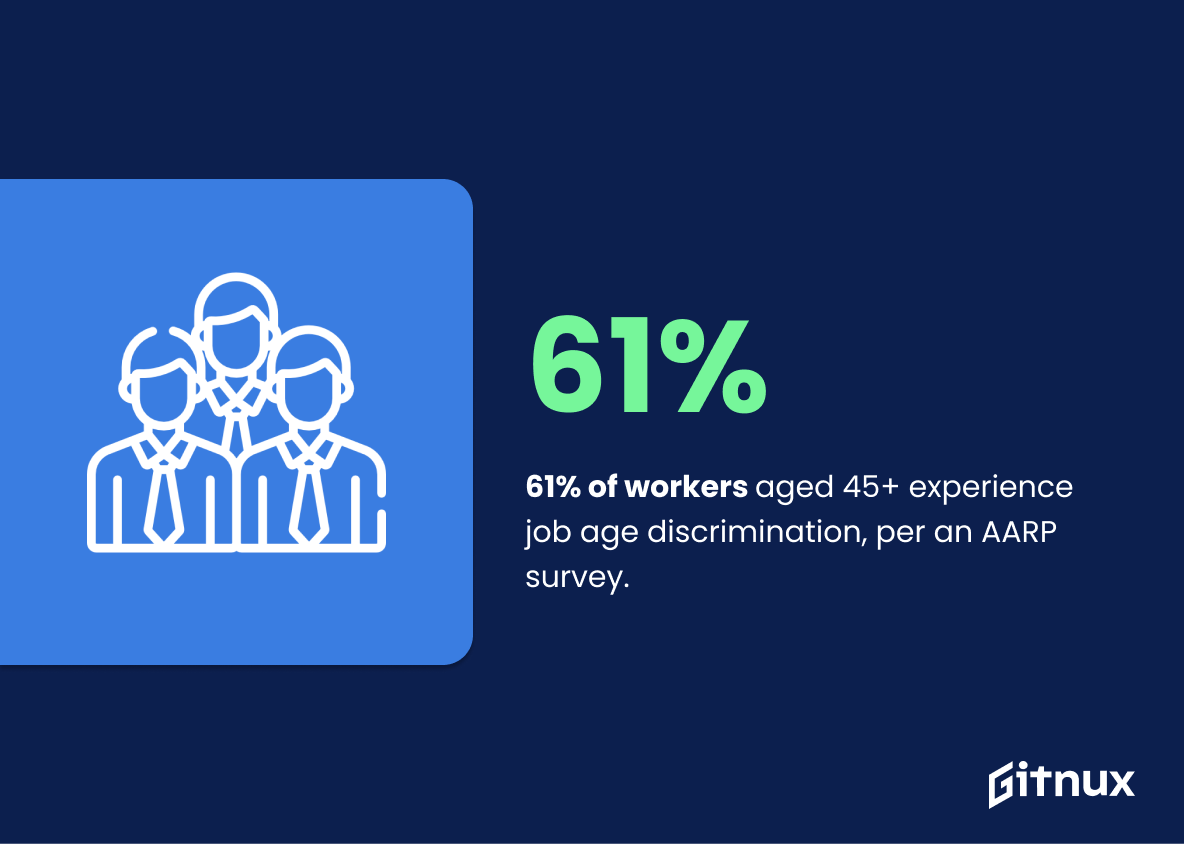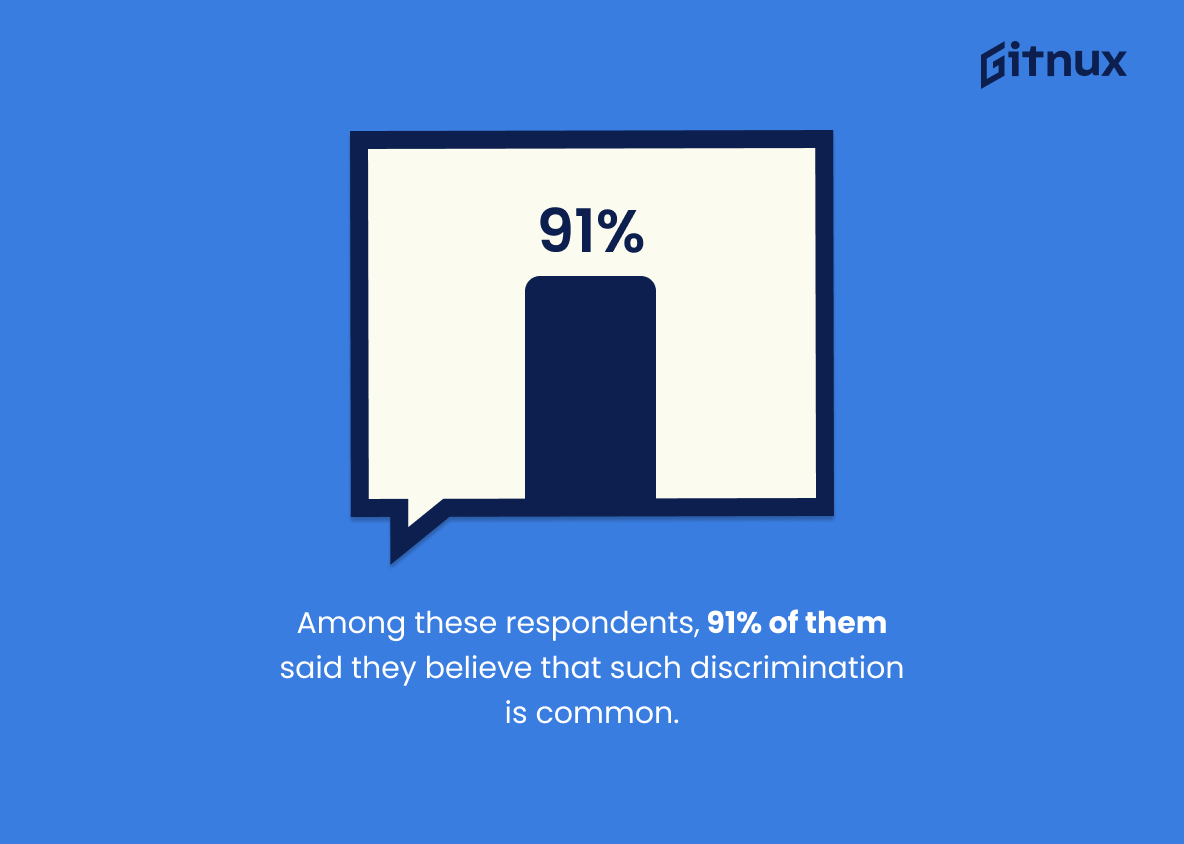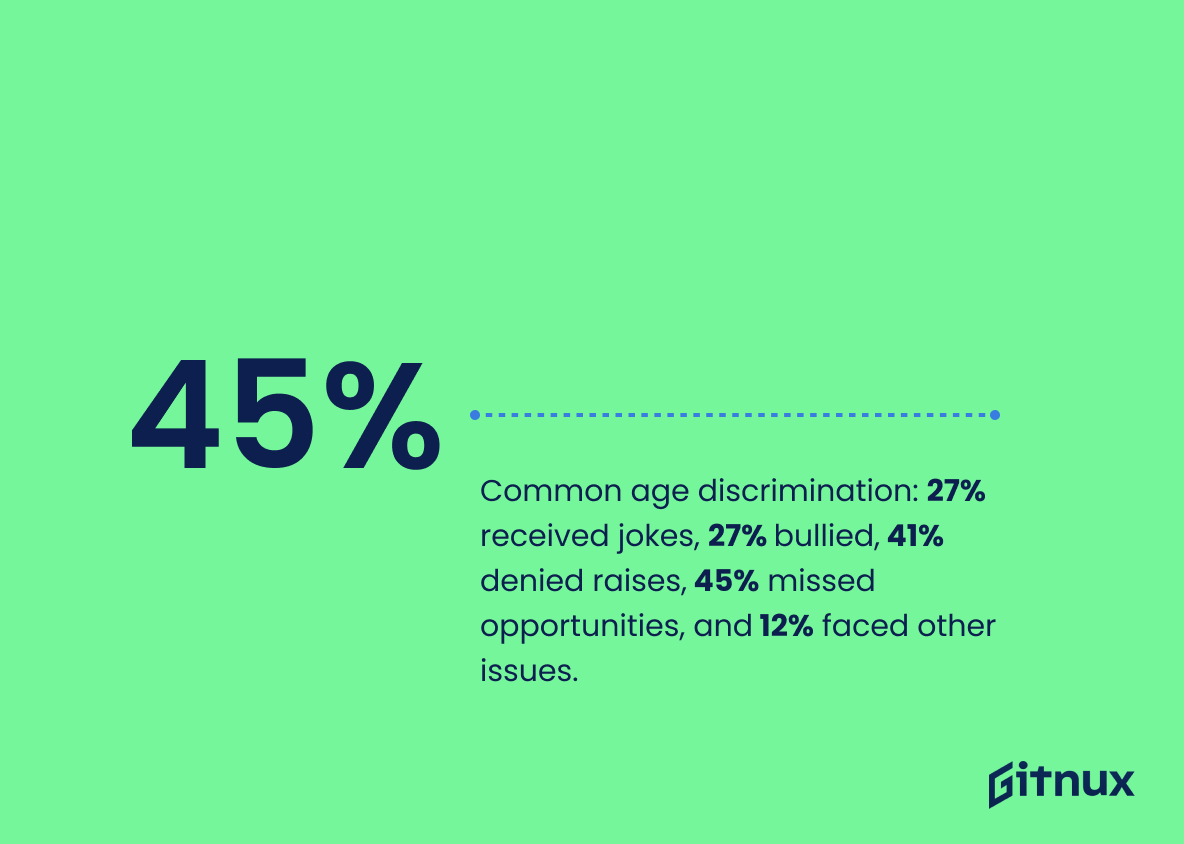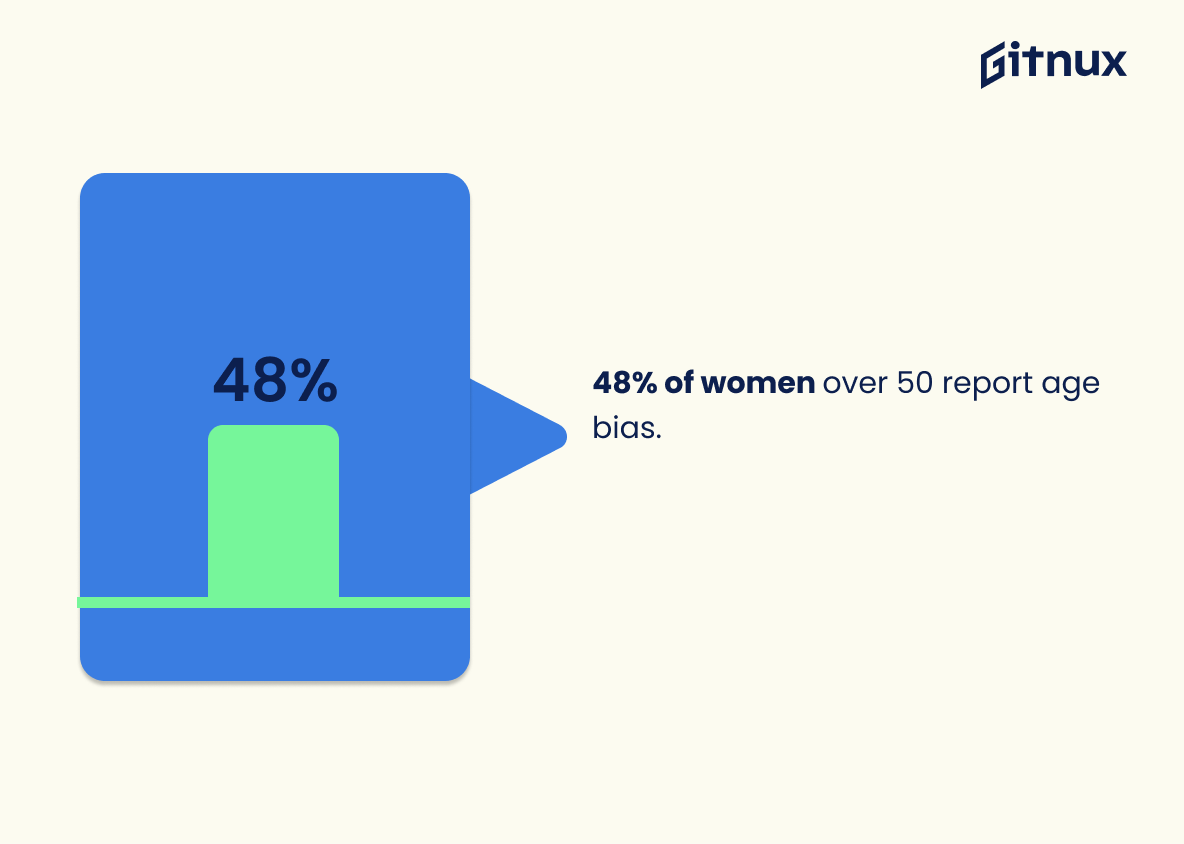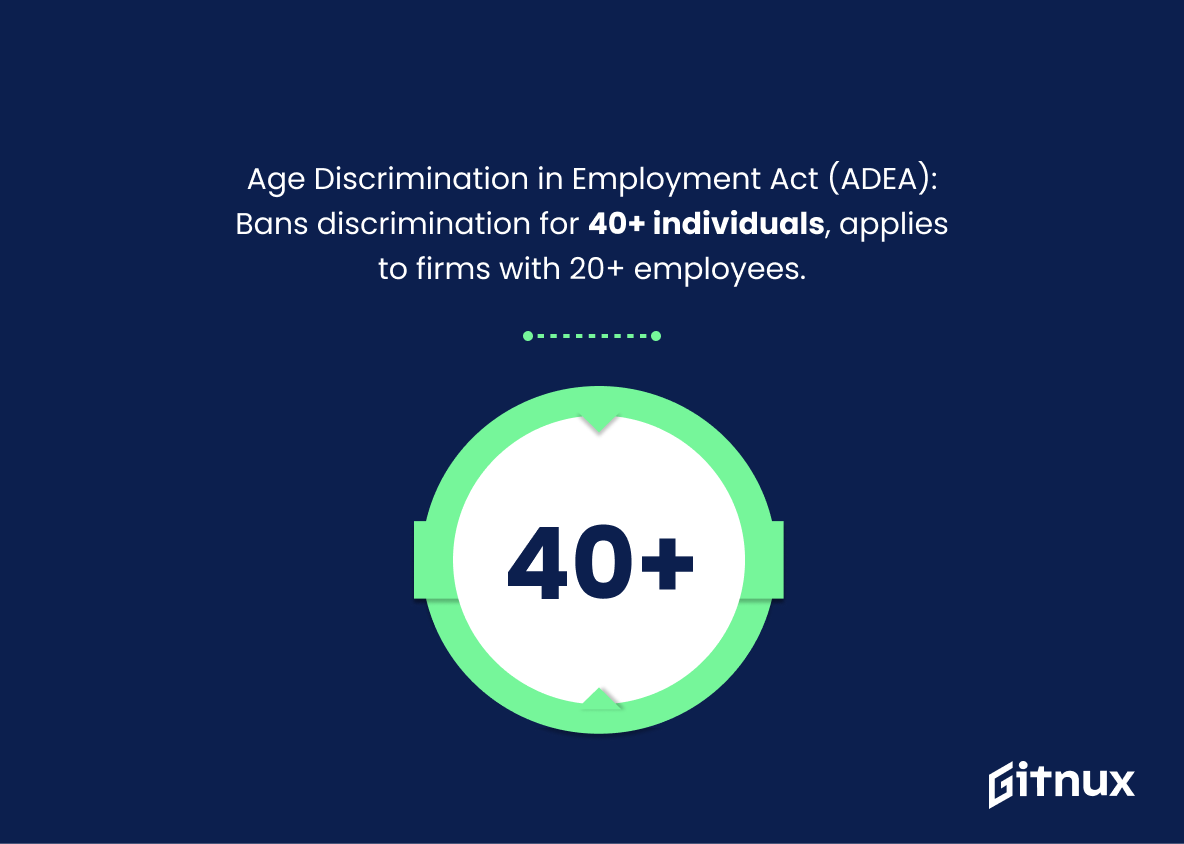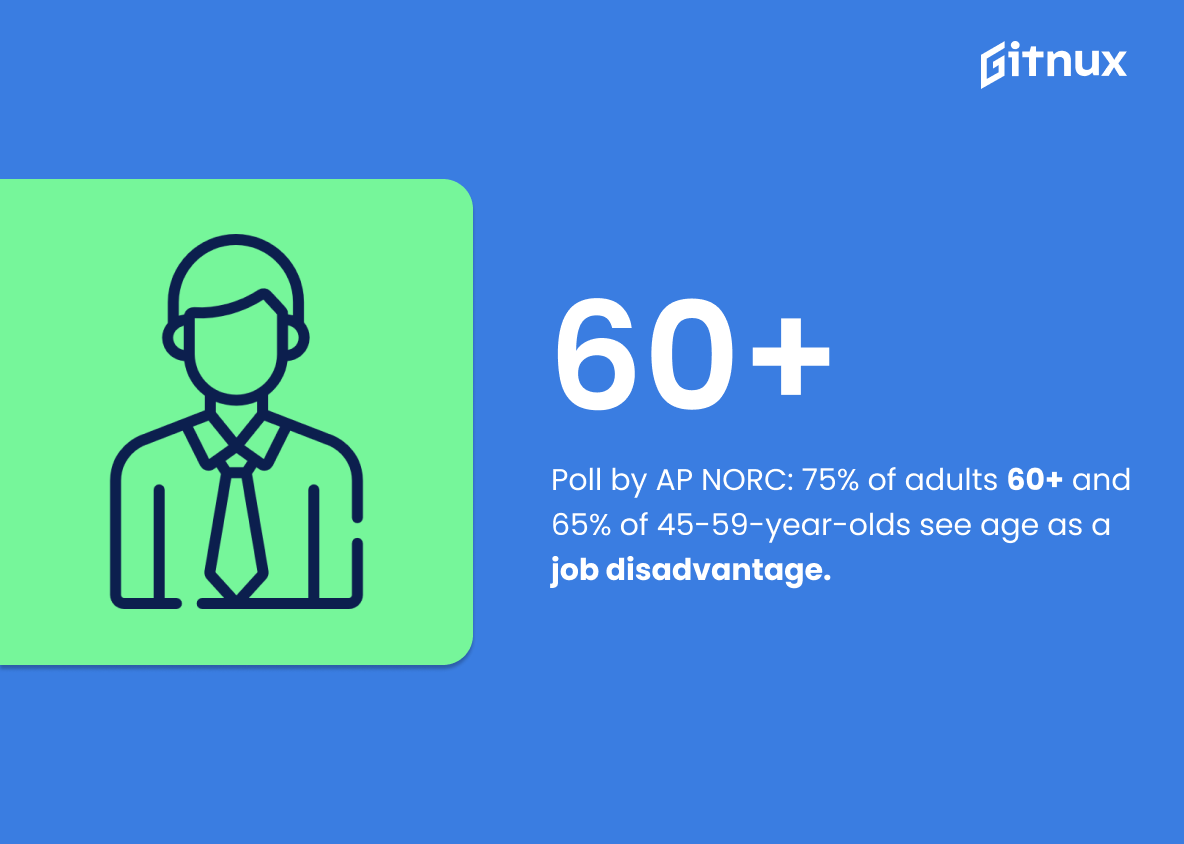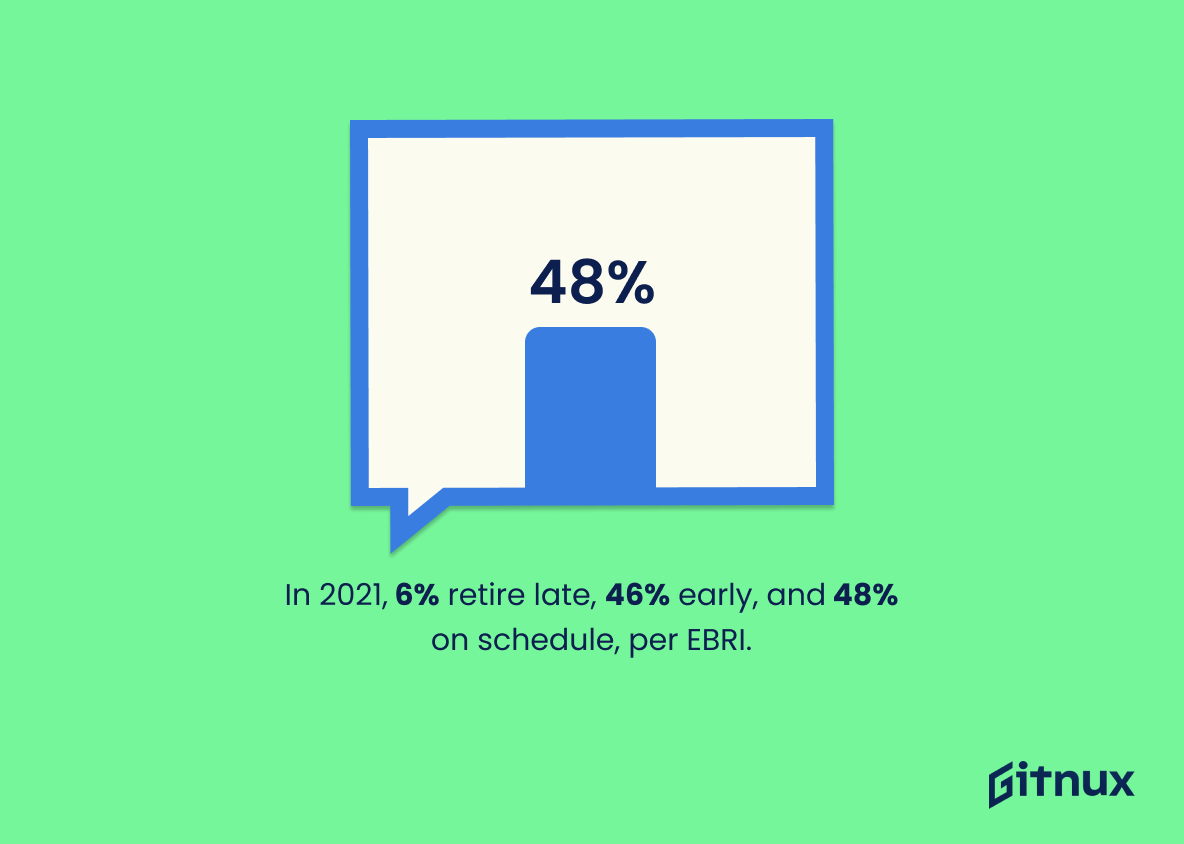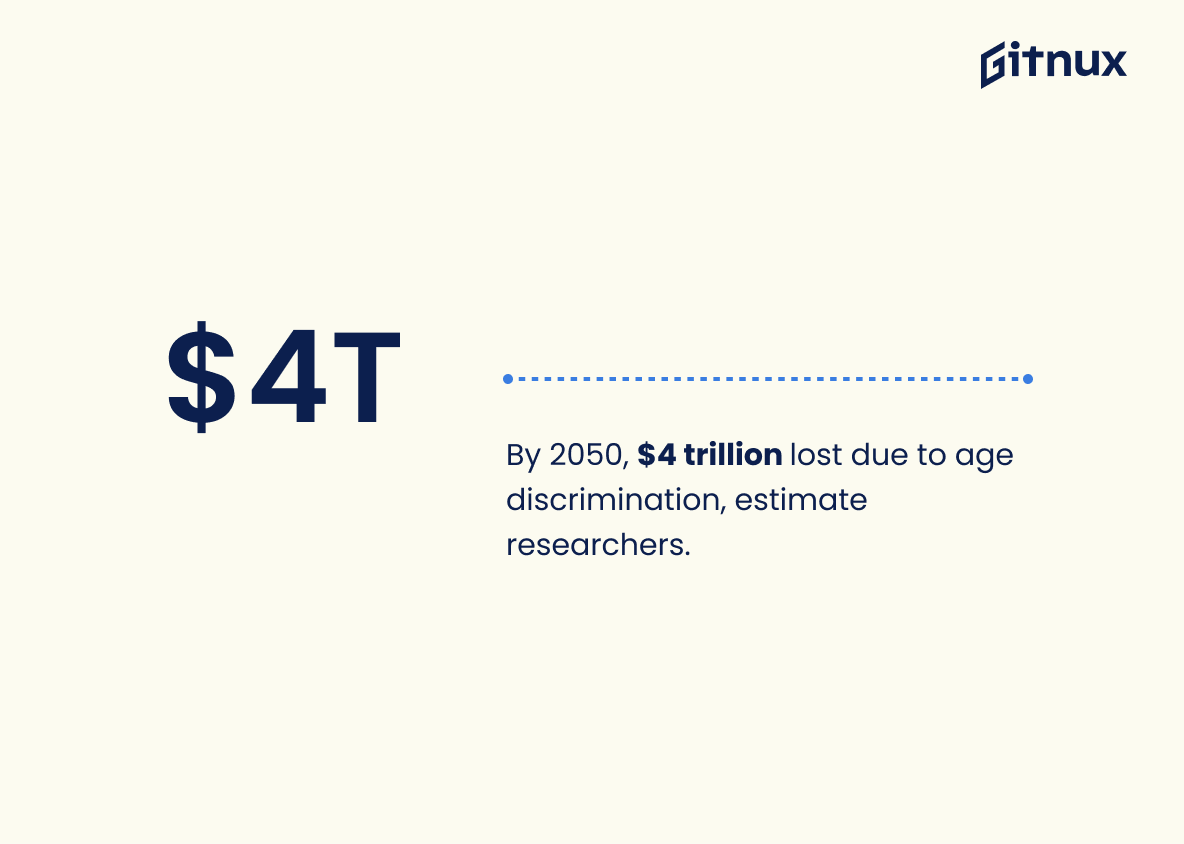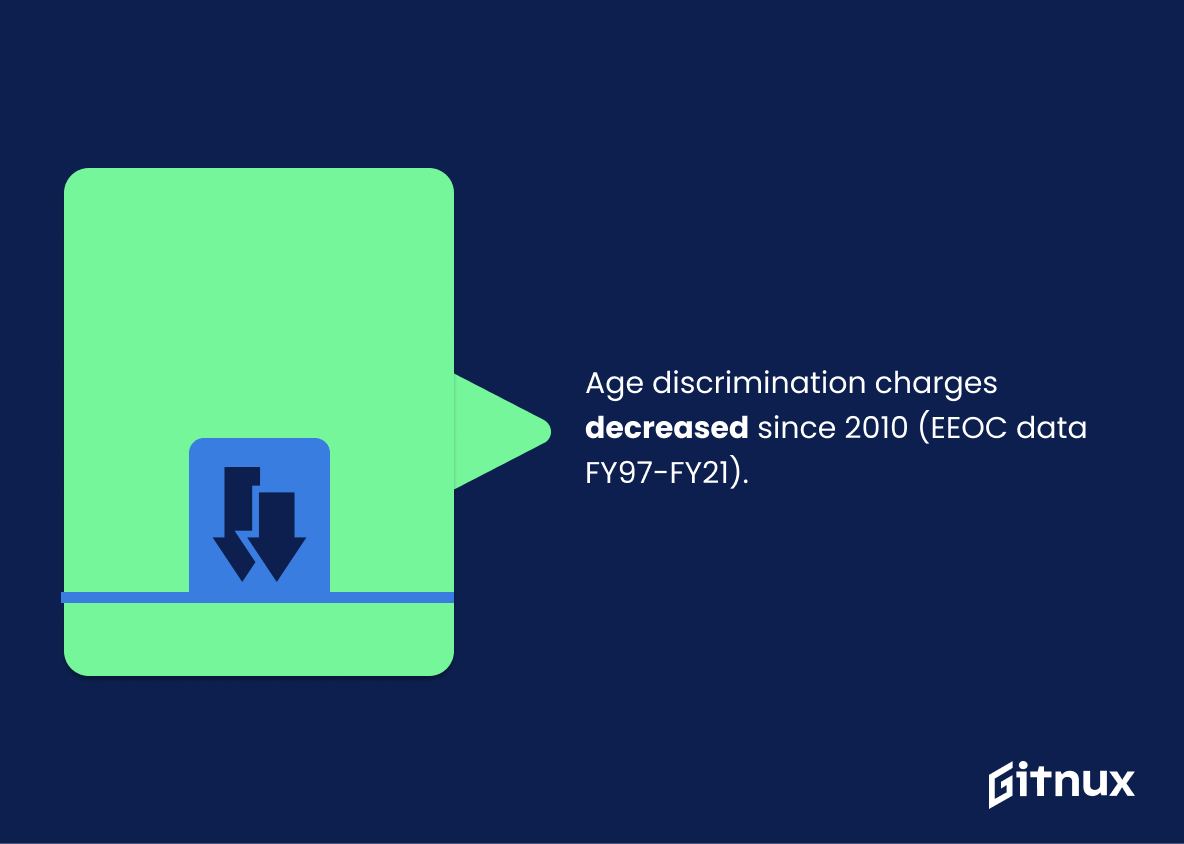Age discrimination in the workplace is a significant issue that affects millions of employees worldwide. Despite the existence of laws that prohibit such behavior, it continues to be a common experience for many older workers. From unequal pay to unfair hiring practices, age discrimination can have a serious impact on a person’s career and financial security.
In this blog post, we’ll take a look at some of the most recent age discrimination in the workplace statistics and discuss what can be done to combat this issue. We’ll also explore the potential consequences of age discrimination and how it can affect a person’s life.
Age Discrimination In Workplace: The Most Important Statistics
9% of currently-employed employees, which could equate to nearly 6 million people, over the age of 40 have ever been the victim of workplace age discrimination.
Approximately 453,000 U.S. workers filed age discrimination claims with the Equal Employment Opportunity Commission (EEOC) between 1997 and 2020.
What Is Age Discrimination In The Workplace?
Age discrimination occurs when an individual is treated differently or less favorably because of their age, and it affects the terms and conditions of their employment, which includes: hiring, promotion, pay, job duties, and termination.
61% of workers in/above the age 45 have seen or experienced age discrimination on the job, according to the results of a survey by AARP.
Among these respondents, 91% of them said they believe that such discrimination is common.
Research conducted by Senior Living Org over several years with participants who are workers over the age of 40 – delivers some significant numbers. 9% of currently-employed staff, which could equate to nearly 6 million people, over the age of 40 have ever been the victim of workplace age discrimination.
How Age Discrimination Occur In The Workplace
Age discrimination can take many forms, including demotion, forced retirement, failure to hire or promote and unequal pay.
The most common forms of age discrimination in the workplace are: 27% received unwanted jokes, 27% got bullied or harassed at work, 41% faced discrimination by being passed up for raises or promotions, 45% got passed up for other opportunities, and 12% were victims of other reasons like having hours cut and unfair termination or lay-off.
Nearly 2 out of 3 women age 50 and older say they are regularly discriminated against, according to the latest “Mirror/Mirror” survey from AARP.
Check out our latest statistics on Workplace Conflict Statistics
48% of women 50 of age and older reported bias based on their age.
The Laws Aimed At Preventing Age Discrimination
There are several laws aimed at preventing age discrimination in the workplace, including:
1. Age Discrimination in Employment Act (ADEA): a federal law that prohibits employment discrimination against individuals 40 years of age or older. The ADEA applies to employers with 20 or more employees, and covers a wide range of employment practices like hiring, firing, promotion, pay and job assignments.
2. Equal Employment Opportunity Commission (EEOC): The EEOC is the federal agency responsible for enforcing the ADEA and other discrimination laws. From 2010 to 2017, there were around 205,000 U.S. workers filed age discrimination claims with the EEOC. In 2021 alone, there were 12,965 age discrimination charges filed with the EEOC. Among the cases of EEOC, age discrimination takes up about 20-25%.
Other than the laws mentioned above, almost every U.S. state (except for South Dakota) has its own laws prohibiting age discrimination, which may provide additional protection to workers. 43% of these states maintain the same standards and damages to ageism cases as other state law discrimination ones. 32% of states have laws that provide for either compensatory and punitive damages, and 21% of the states allow you to have both.
The Serious Impacts Of Age Discrimination In The Workplace
Age Discrimination in the workplace can have far-reaching effects on both individual workers, their families, and the economy. Old workers who experience age discrimination in the workplace may struggle to find new employment, which can result in financial instability and poverty.
A study by Neumark finds that older applicants received 68% fewer job offers than those who are young.
A poll done by the Associated Press-NORC Center for Public Affairs Research (AP NORC) reported that 75% of adults 60 years of age or older, and 65% of adults from 45 to 59 years old, believe their age is their disadvantage when looking for a job.
Age Discrimination in the workplace can also discourage older workers from staying in the workforce. 67% of the workers aged from 40 to 65 years old still plan to continue working after they turn 66. As much as they wish to stay with their jobs, nearly half of the older workers who retired say they did it earlier than expected.
In 2021, 6% of the older workforce are retiring later than planned, 46% are retiring earlier than planned, and 48% are retiring about when planned, according to a study by Employee Benefit Research Institute (EBRI).
Discrimination against the old workforce can lead to economic growth reduction by limiting the pool of available talent and lowering productivity.
Researchers estimated that by 2050, the U.S. could miss out on nearly $4 trillion of economic contributions from the 50-plus population due to age discrimination.
Current Situation Of Age Discrimination In Workplace
It is difficult to provide a comprehensive picture of the current situation of age discrimination in the workplace over the past decade, as such data can be challenging to quantify. However, we can make some general observations based on available statistics.
According to the Charge Statistics (Charges filed with EEOC) FY 1997 Through FY 2021, the number of age discrimination has decreased steadily ever since 2010.
In 2010, the EEOC received approximately 23,264 age discrimination charges, while in 2021, the number went down to 12,965 cases.
Also in 2021, Senior Living carried out research that concluded 15% of workers over 40 had experienced age discrimination, which has dropped to 9% in the latest survey – also signifying that age discrimination might be decreasing.
However, numbers from the EEOC statistics do not include charges filed with state or local Fair Employment Practices Agencies, and can likely underrepresent the true state of age discrimination. The COVID-19 pandemic has had a disproportionate impact on older workers, with many facing job loss or reduced hours as a result of the economic fallout from the crisis.
Efforts To Combat Age Discrimination In The Workplace
In recent years, there have been efforts to strengthen anti-discrimination laws and better protect older workers from discrimination in the workplace.
The U.S. House of Representatives on Jan. 15 2020 passed by a vote of 261 to 155 the Protecting Older Workers Against Discrimination Act (POWADA). POWADA would extend the statute of limitations for filing age discrimination claims and make it easier for employees to prove discrimination in court.
There has also been increased attention and awareness of age discrimination in the workplace in recent years, as more older workers seek to remain in the workforce and as policymakers and advocacy groups work to address the issue.
AARP and other advocates have been collaborating with employers to fight against stereotypes and age bias. They also launched a program called Employer Pledge Program, with more than 700 companies as participants. These companies commit to recruiting people from all age groups and consider all applicants equally.
Supplementary Statistics
61% of workers aged 45 and older have experienced or witnessed age discrimination in the workplace.
A majority of workers aged 45 and older have been subjected to or have seen age discrimination in their workplace, highlighting the need for greater awareness and action to combat this issue.
21% of age discrimination charges in the workplace are filed by individuals aged 65 and older.
Age discrimination is not just a problem for younger generations, but that it affects individuals of all ages. This statistic is a call to action for employers to take steps to ensure that all employees, regardless of age, are treated fairly and with respect.
Older workers (50+) account for 28.2% of the total US workforce.
Despite making up a significant portion of the workforce, older workers are still facing discrimination in the form of unequal pay, lack of job opportunities, and other forms of prejudice. This statistic serves as a call to action to ensure that all workers, regardless of age, are treated fairly and given equal opportunities.
Within tech industries, up to 92.8% of employees state that age discrimination is a problem.
The issue is widespread and pervasive, and that it is something that needs to be addressed. It also serves as a warning to those who may be considering entering the tech industry, as it shows that age discrimination is a real and present danger.
Age discrimination lawsuit actions result in approximately $810.4 million being paid out to plaintiffs from 1997 to 2020.
Age discrimination is a serious issue that has resulted in a significant amount of money being paid out to plaintiffs over the past two decades. It is a clear indication that age discrimination is a pervasive problem that needs to be addressed.
In 2020, 14,183 age discrimination complaints were made in the US, making up 20.1% of all discrimination complaints.
Age discrimination is a major issue that needs to be addressed, as it accounts for a significant portion of all discrimination complaints. It is a call to action for employers to take steps to ensure that their workplaces are free from age discrimination.
80% of older workers believe that age discrimination exists in the workplace.
A large majority of older workers are aware of the issue and recognize it as a problem. This statistic is a stark reminder that age discrimination is still a major issue in the workplace and that more needs to be done to address it.
Individuals aged 50 and over make up 34.7% of the long-term unemployed population.
Individuals aged 50 and over are disproportionately represented among the long-term unemployed population, indicating that they are more likely to be denied job opportunities due to their age. This is a concerning trend that needs to be addressed in order to ensure that everyone has an equal chance of finding employment.
Age discrimination in the workplace affects over 17 million American workers aged 50 and older.
This highlights the fact that millions of American workers aged 50 and older are being denied opportunities due to their age. This is an alarming figure that should be taken seriously and addressed.
According to a study, older workers who believe they will encounter age discrimination at work are less likely to apply for a new job.
Many older workers are so concerned about potential discrimination that they are discouraged from even applying for new jobs. This speaks to the prevalence of age discrimination and the need for employers to take steps to ensure that all workers, regardless of age, are treated fairly.
Nearly 50% of employers admit to being concerned that older workers would not stay long enough in the role due to possible retirement.
Employers are more likely to be concerned about the potential retirement of older workers than their younger counterparts, suggesting that they are more likely to be overlooked for job opportunities. This is a worrying trend that needs to be addressed in order to ensure that all workers, regardless of age, are given equal opportunities in the workplace.
In the UK, the number of workplace age discrimination claims increased by 74% in 2020, to a total of 3,668 claims.
Despite the efforts of many to combat this issue, it is still a major problem in the UK. The 74% increase in claims is a worrying sign that age discrimination is becoming more widespread and needs to be addressed urgently.
44% of managers surveyed said that older staff is more difficult to manage compared to younger workers.
Many managers are biased against older workers, viewing them as more difficult to manage than their younger counterparts. This is a concerning trend that needs to be addressed in order to ensure that all employees are treated fairly and equally.
Conclusion
In conclusion, age discrimination in the workplace is a serious problem that affects millions of older workers not only in the U.S. but also around the globe. It causes harm to individual workers, families, and the economy as a whole. While there are laws in place to prevent age discrimination, they are often inadequate and difficult to enforce. It is up to all of us to stand up against age discrimination and demand better protections for the older workforce.
FAQ
What is age discrimination in the workplace?
Age discrimination in the workplace is when an employee is treated differently based on their age.
What are the laws that protect against age discrimination?
The Age Discrimination in Employment Act (ADEA) and the Equal Employment Opportunity Commission (EEOC) are the two main laws that protect against age discrimination.
What are some examples of age discrimination?
Examples of age discrimination include not hiring or promoting someone based on their age, or forcing an employee to retire at a certain age.
What are the consequences of age discrimination?
The consequences of age discrimination can include lost wages, emotional distress, and legal fees.
What can employers do to prevent age discrimination?
Employers can prevent age discrimination by implementing policies that prohibit discrimination based on age, providing age diversity and sensitivity training, and creating a workplace culture that values and respects all employees regardless of age.
References:
Senior Living: “2022 Workplace Age Discrimination Statistics”, cited in February 2023 (Source)
Senior Living: “Age Discrimination Annual Study”, cited in February 2023 (Source)
EEOC: “Charge Statistics (Charges filed with EEOC) FY 1997 Through FY 2021”, cited in February 2023 (Source)
Forbes: “Which Gender Is Most Impacted By Age Discrimination? It Depends On Who You Ask”, cited in February 2023 (Source)
Vervoe: “34 Age Discrimination Facts That May Shock You and Your Workplace”, cited in February 2023 (Source)
EBRI: “2021 Retirement Confidence Survey”, cited in February 2023 (Source)
AARP: “Age Discrimination Common in Workplace, Survey Says”, cited in February 2023 (Source)
AARP: “Nearly 2 Out of 3 Women Age 50-Plus Regularly Face Discrimination”, cited in February 2023 (Source)
Zippia: “25+ Alarming Age Discrimination Statistics [2023]”, cited in February 2023 (Source)
SHRM: “House Passes Protecting Older Workers Against Discrimination Act”, cited in February 2023 (Source)
